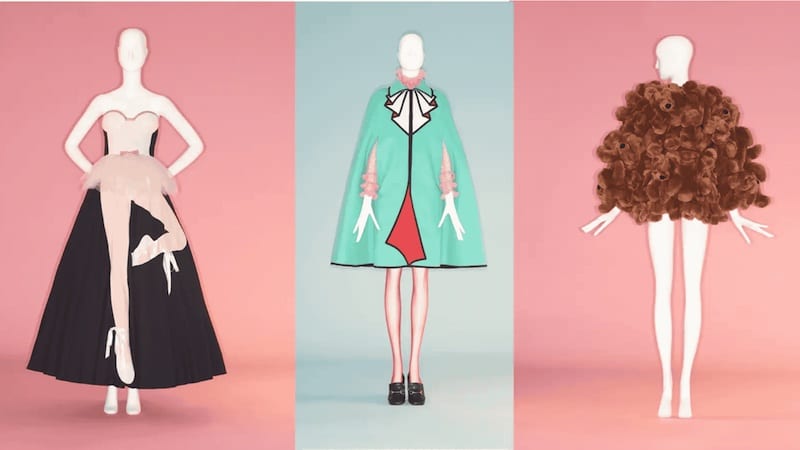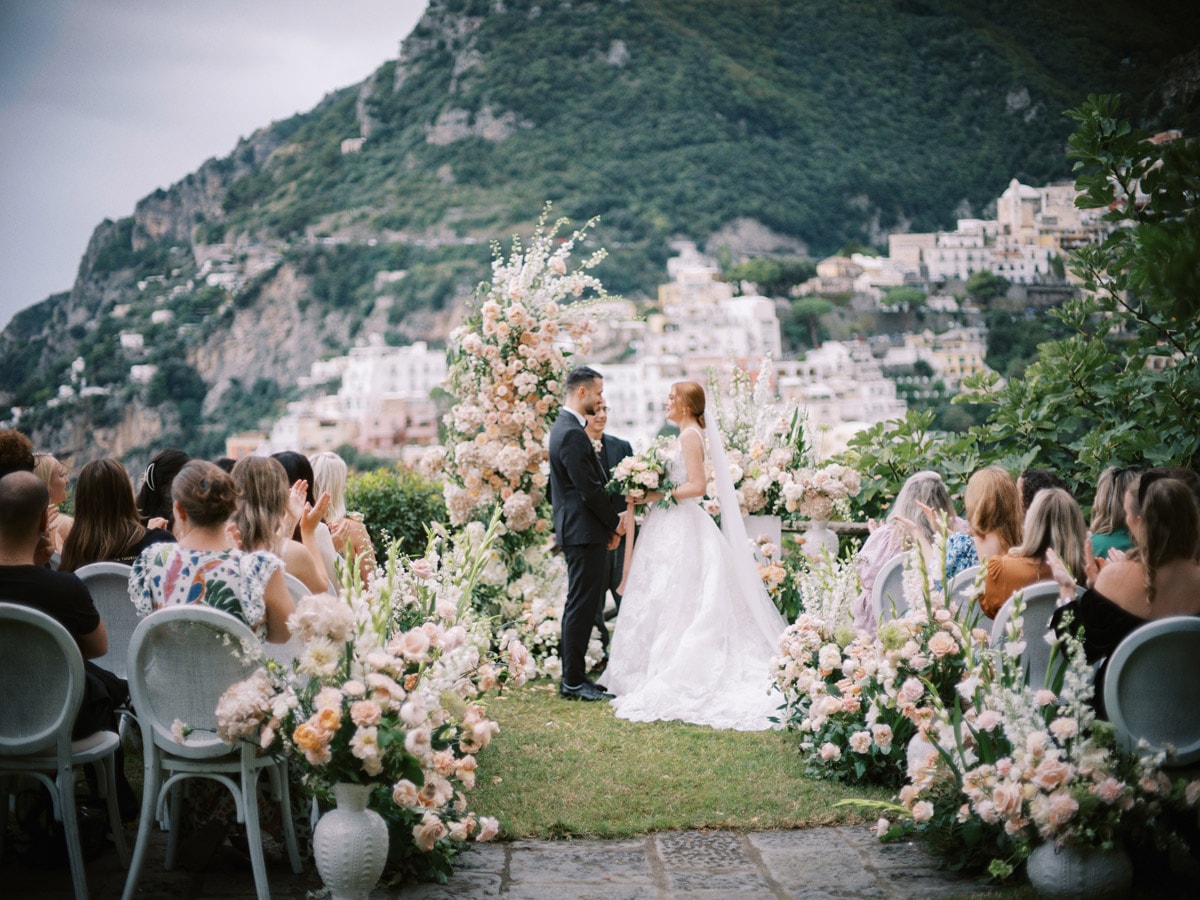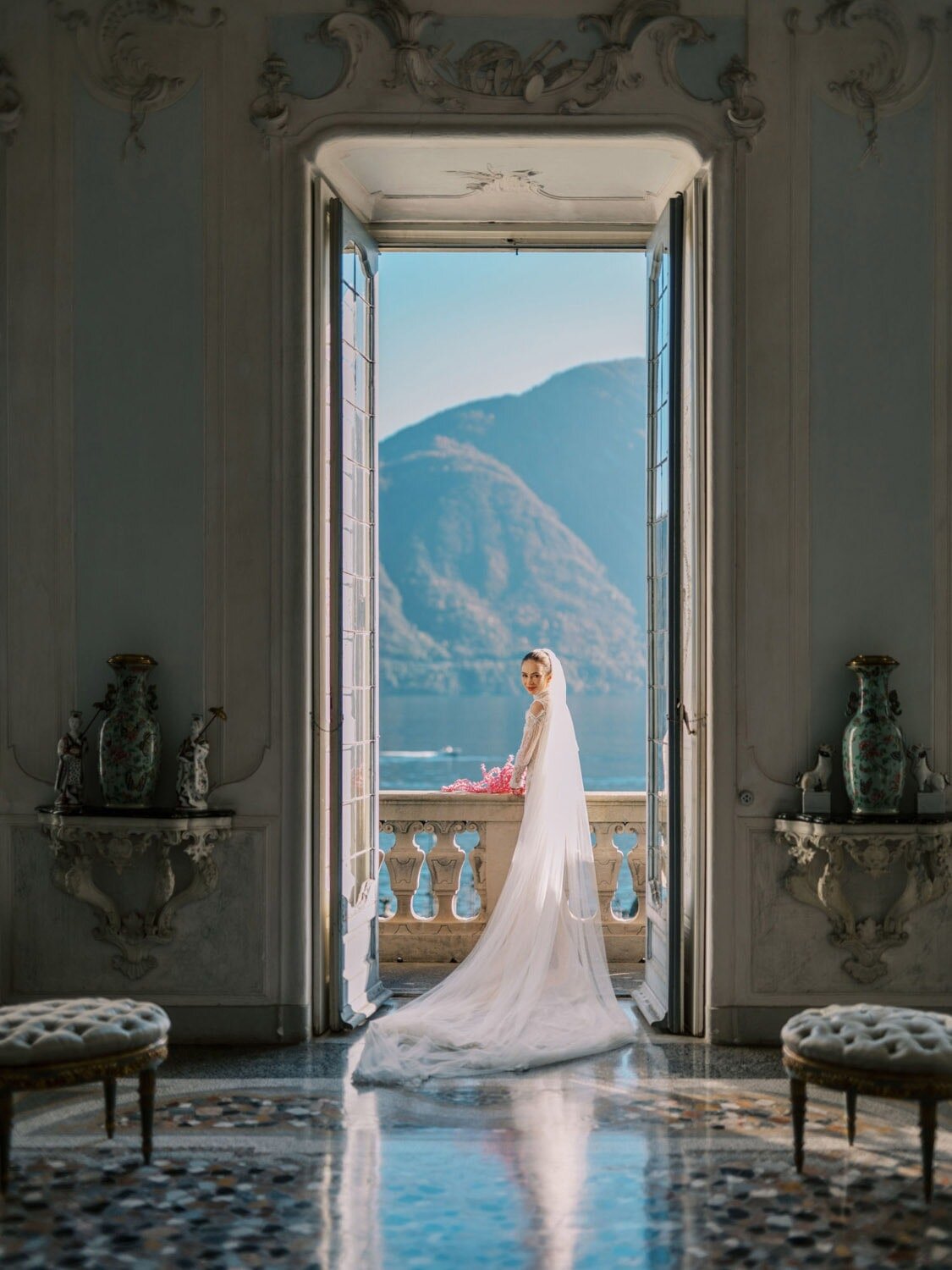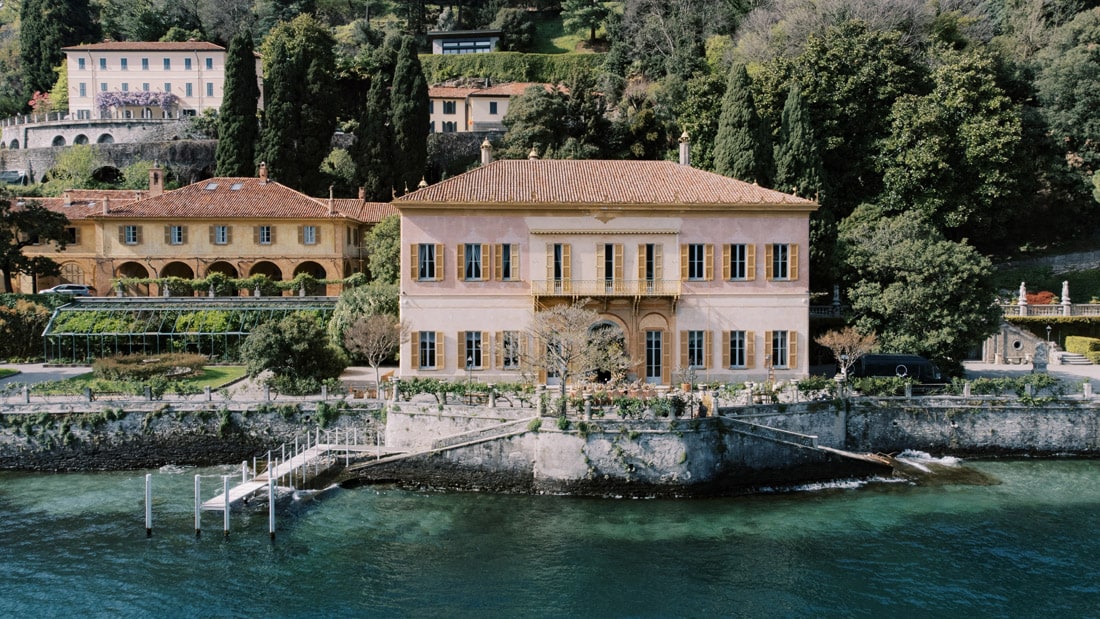Written 30 thousand feet somewhere above the Cycladic Acrhipelagos.In preparation of my fashion photoshoot at villa Pizzo, these are my notes on what inspired the photoshoot. I remind myself of the original idea behind the photoshoot so I do not dilute it. Doing so would likely be disastrous, because as Susan Sontag would say (and she does) failed camp, is not “less campy”, it is simply kitcsh. Written here as a free flowing stream of thoughts, this is my understanding of what I am about to create at villa Pizzo tomorrow. If you are a student of camp, I hope you will find some use in my thoughts.
One should either be a work of art, or wear a work of art.
Oscar Wilde
Camp is disengaged, apolitical, depolarised. Aestheticism is style at the expense of content.
The way of Camp is not in terms of beauty but in terms of aestheticism and artifice and stylisation. It is an absolutely hedonistic view of life.
Camp started with Caravaggio. It progressed into Rococo. It found its way in Mozart. Then, it was distributed through high culture taking the overtones of the secretive, perverse, and esoteric, only to emerge gloriously and full-blown into the public through art nouveau. It is only fitting that this photoshoot takes place in one of the gem Italian villas of Baroque-Rococco.
“To be natural is a very difficult pose to keep up”
Oscar Wilde
The more we study art, the less we care for nature, meaning nothing in nature can be camp. Camp is the love for the perverse. The convertibility of man and woman and person and thing. Sexless bodies. Haunting androgynous vacancy. Susan Sontag talks on how the most attractive form of sexual attractiveness consists of going against the grain of one’s sex. What’s most attractive in men is the presence of something feminine. And vice versa when it comes to the most attractive women. This is something that fashion has been employing very successfully. Camp means becoming transitional figures.
“To camp”
As a verb, is a certain mode of seduction, one which employs flamboyant mannerism susceptible to double interpretation. Is it repulsion or is it attraction? If you can’t tell, then you are seeing something that might be campy. There is a sense of duplicity (it reminds me of a notion from quantum mechanics where objects’ boundaries blend. A bit like a Matisse). In this sense it the love for the “off”.
Yet it is innocent
And yet, camp rests on innocence. Children are the perfect camp. Camp is seriousness that failed (anyone who has had an experience around children gets this without too many explanations.) The whole point of camp is to dethrone the serious. Because life is too important a thing to ever talk seriously about, or fuss about too much.
So it becomes irony, satire, a comic vision of the world. If tragedy is over involvement, then comedy is under involvement, detachment.
It is amoral (different from “immoral”)
Camp is not a moral view of life. It views life as theatre. It neutralises moral indignation. It sponsors playfulness. Camp is like a children’s story that doesn’t attempt to have a moral of the story, just the pure enjoyment of reading it. Alice in Wonderland is camp. The Mad Hatter is camp.
Camp is like eeating corn on the comp with knife and fork.
Camp is an attempt to make something extraordinary but in the sense of style, and glamour. Not extraordinary just in the sense of effort.
It is not about the pretty
The pretty is latent with interpretation and content and is aesthetically pleasing in a conventional and balanced sense. Sontag used this powerful phrase to describe the distinction: “The connoisseur of camp sniffs the stink and prides herself on her strong nerves”.
Camp and style
Camp is the answer to becoming unique within mass culture. Camp taste transcends the nausea of the replica. It is an aristocratic posture to culture: it is style when the adoption of mass style has become questionable. Campy is an improvised self-elected class who constitute themselves as aristocrats of taste.
Below is a small selection of images from the photoshoot. Please view the entire gallery here.







You can read the essay online as PDF here,
but please consider buying it for your library.



